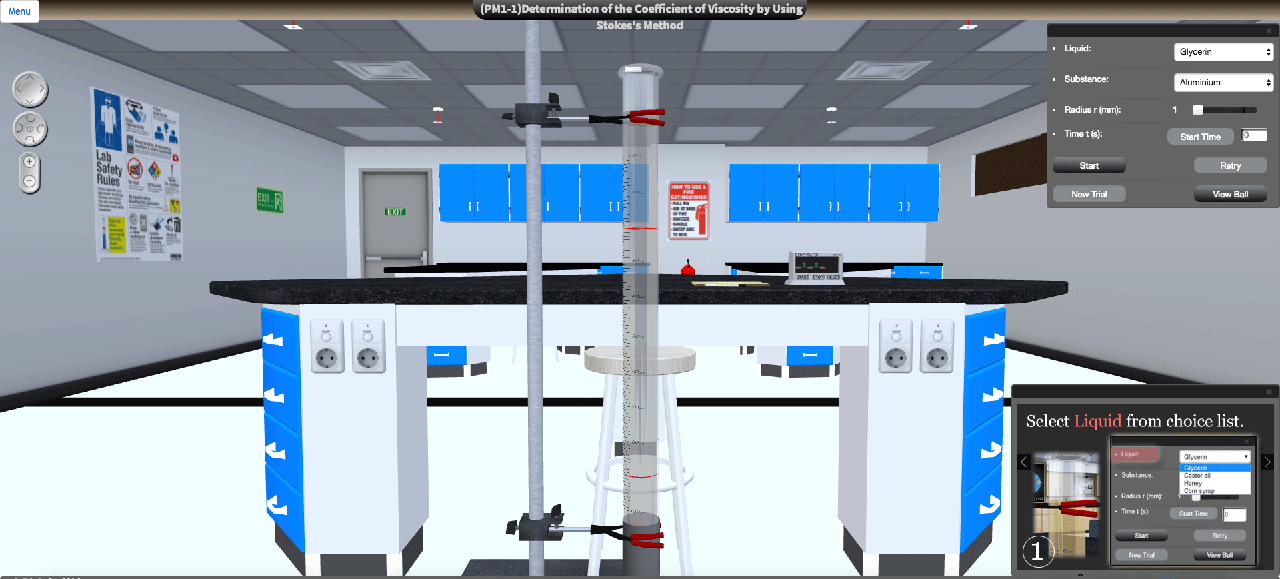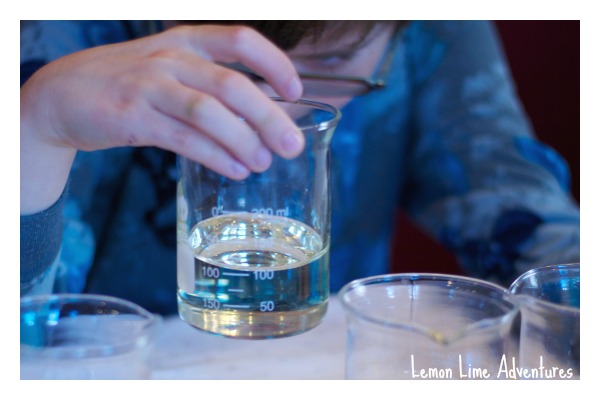

It was observed in some of these materials The significant changes within viscosity are temperature- and pressure-dependent. Moreover, the viscosities of several commercial engine oils and laboratory blends of mineral and synthetic base oils with polymer additives were measured at pressures up to 1 GPa and at temperatures of 40°, 75°, and 100☌. In this paper the values of α were obtained from measurements of viscosity as a function of pressure and offers a understanding on the piezoviscous effect at various inlet pressures for those liquids. There seems to be confusion around the understanding of the pressure-viscosity response in the inlet zone. The pressure-viscosity coefficient, α, is a measure of the pressure dependence of the viscosity of the liquid in elastohydrodynamic lubrication (EHL). Timken Engineered Surfaces Laboratories, The University of Akron, Akron, OH, United States.

The magnet still attracts the paperclips in each of the scenarios, but the experiment shows how the viscosity of a liquid impacts how fast (or slow) the paperclips move toward the magnet.Babak LotfizadehDehkordi Paul J.

This is because the corn syrup has a high viscosity and provides a lot of resistance to the paper clips moving through it. When using corn syrup, the paper clips moved very slowly toward the magnet.

This is because water and vegetable oil have a low viscosity and provide very little resistance to the paperclips moving through them. When using water and vegetable oil, the paper clips moved through the liquid to the magnet very quickly. Liquids that have a HIGH viscosity flow slowly (ie. water, rubbing alcohol, and vegetable oil). Liquids that have a LOW viscosity flow quickly (ie. Viscosity depends on the size and shape of the particles that make the liquid, as well as the attraction between the particles. Viscosity is a liquid’s resistance to flowing. The question answered in this experiment is how does the consistency of a liquid impact magnetic attraction.Ī unique property of liquids is something called viscosity. Do you know why? Find out the answer in the how does this experiment work section below. Notice that all the paper clips are attracted to the magnet, but that the liquid in the glass causes the paper clips to move differently. Step 7 – Next, take your magnet and place it next to each glass.


 0 kommentar(er)
0 kommentar(er)
